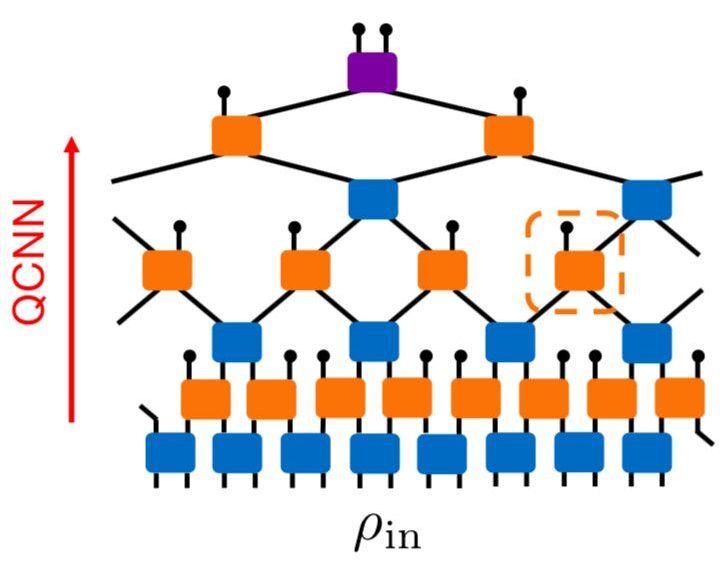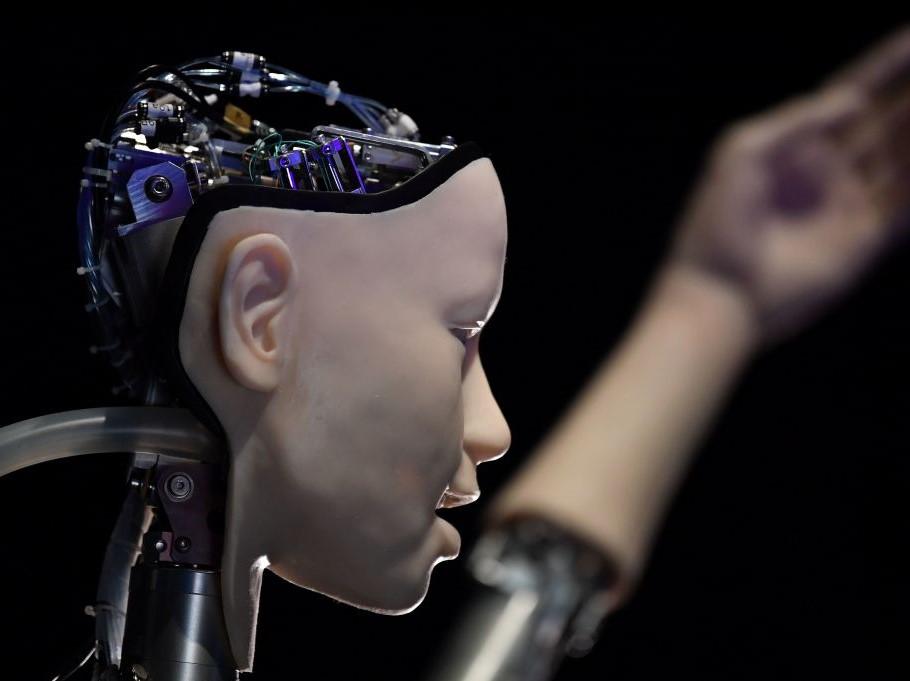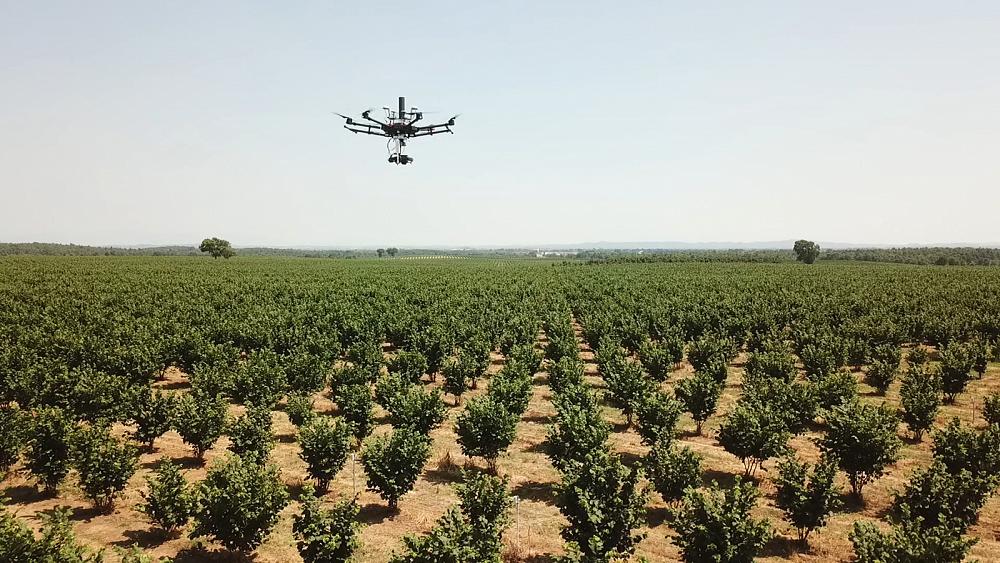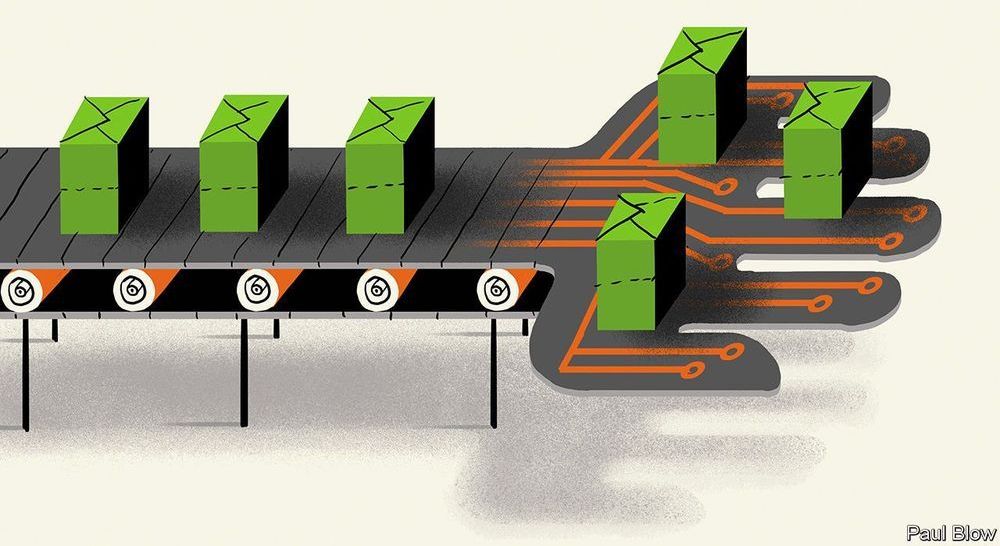Researchers at the University of California, Los Angeles (UCLA) and the California NanoSystems Institute in Los Angeles have recently developed a soft swimming robot based on a self-sustained hydrogel oscillator. This robot, presented in a paper published in Science Robotics, operates under constant light input without the need for a battery.
“When I shone light on a soft, fast responsive hydrogel pillar, I observed the pillar started to oscillate around the optical beam,” Yusen Zhao, a Ph.D. student involved in the research, said. “It looked very intriguing to me, and I wondered: How can a constant input produce intermittent output? Under what conditions does the oscillation happen? Would it be powerful enough to propel and swim in water, and eventually lead to solar sails? With these questions, I continued systematic studies aiming to achieve these objectives.”
Zhao and his colleagues developed a soft oscillator made of a light-responsive soft gel, which is molded into the shape of a pillar or strip. When light hits a spot of this gel pillar, it is automatically absorbed and converted into heat. The locally heated spot on the robot causes it to eject some of its water and shrink in volume, resulting in its tail bending towards the light source.








